Does this exoplanet have a sibling sharing the same orbit?
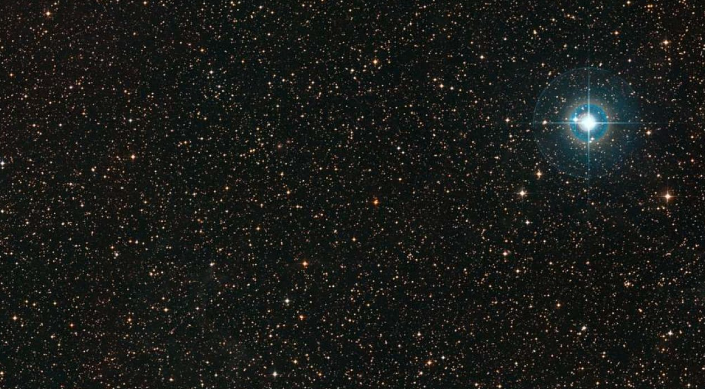
Hey, explorers of the universe! We have a cosmic story that will make your head spin! Astronomers have put on their galactic glasses and have found something amazing: the possible ‘companion’ of a planet circling a distant star! Imagine these two planets as those friends who are always together in all the photos! These scientists used a gigantic tool called the Atacama Large Millimeter/submillimeter Array (ALMA), just like they were space detectives with well-trained noses! And guess what? They discovered what appears to be a cloud of debris that could be following the same path as that planet. It is as if these debris were the pieces to build a new planet or the remains of one that already had its moment of glory!
If this turns out to be true, it would be the most exciting discovery that two exoplanets are in the same orbital wave! Olga Balsalobre-Ruza, an astrobiology superstar in Madrid, Spain, and leader of this team, says it’s like finding the last piece of pizza at an intergalactic party. You may wonder, what are these “Trojan planets” they talk about? Well, they are like people who follow you everywhere! Imagine that you are a star, and these Trojan planets are like shadows, always there with you. In our solar system, there are Trojan asteroids that follow Jupiter, like those friends that always accompany you everywhere. More than 12,000 asteroids! That’s like having a crowd of friends following you on all your adventures! But you know what? Astronomers have been looking far and wide for such “exo-Trojans,” like rare unicorns at a fair, but haven’t found any… until now.
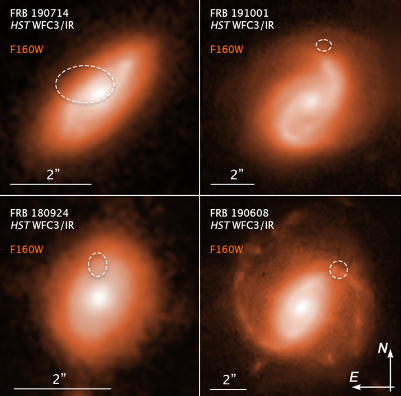
But wait, there’s more! A team of super scientists from different corners of the world have used ALMA, that incredible tool, to spy on the PDS 70 system. There, there is a young star that is home to two Jupiter-like giants, PDS 70b and PDS 70c. Scientists realized there was something off about PDS 70b’s orbit, right where these Trojans should be, it’s like these Trojans occupy parking lots on a planet, only in space. The astronomers noticed a faint signal in one of those areas, as if someone had left their ice cream in a very special place in the park! This means there could be a debris cloud the size of two moons in that area. The team thinks that could be a clue that a Trojan planet exists in that system, like an orbiting buddy! Or perhaps, a planet fresh out of the oven! Olga Balsalobre-Ruza says that this would be like finding your cosmic twin in the universe.
But here comes the exciting thing: to confirm all this, they will have to wait a bit! After 2026, they are going to spy again with ALMA to see if PDS 70b and its little rubble buddy have moved. That would be like seeing if two dancing friends are still in sync after a long time! So there you have it, a space discovery that makes sci-fi movies look like a boring picnic! The universe is full of surprises and ALMA is like the cosmic toy box that reveals all kinds of secrets to us! Until the next sidereal adventure!
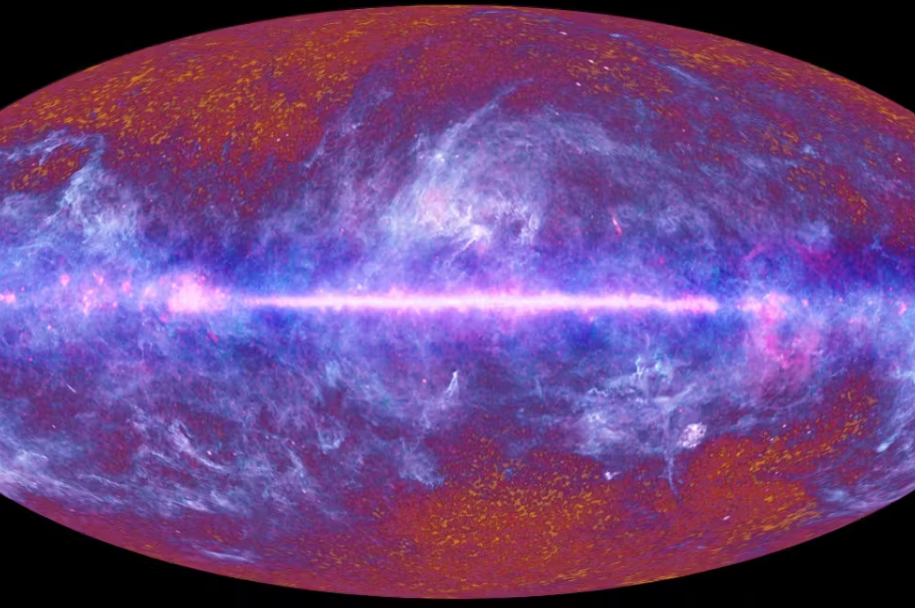
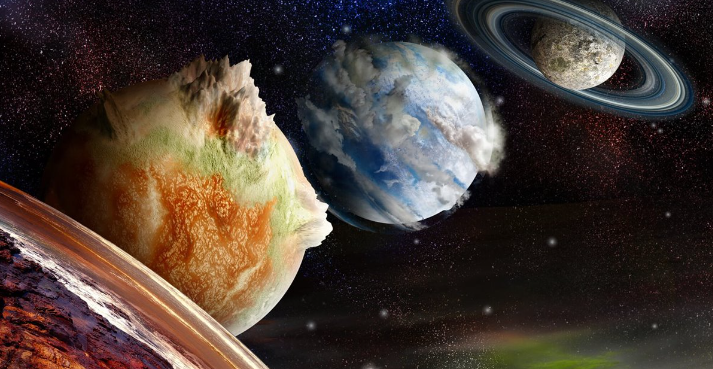
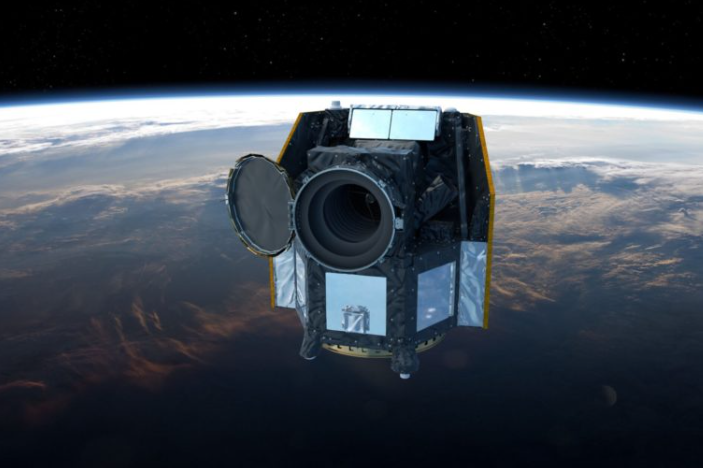
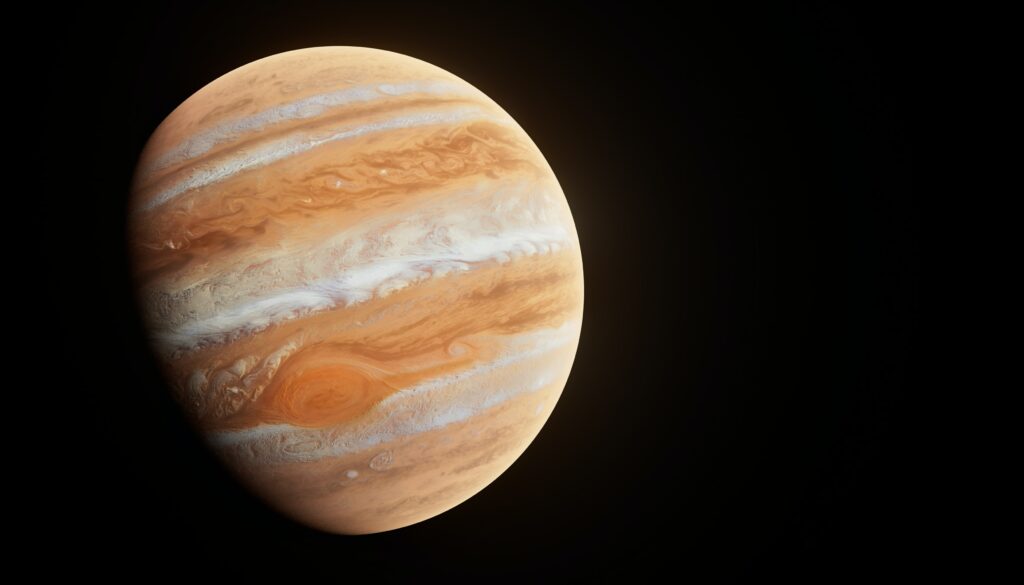
Responses